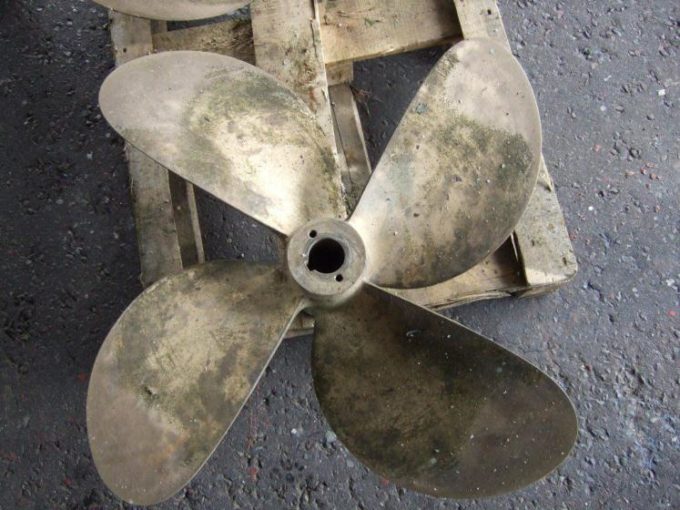Over the years, CJR has gained a wealth of experience and we make use of this experience to ensure that any mistakes are not made twice.
We are therefore in a strong position to offer a problem solving service.
This includes investigating:
- Vibration levels on board and identifying possible causes
- Underperforming yachts (in speed, turning ability etc.)
- Excessive cavitation on propellers or rudders
- Breakage of shafts, propellers and other components
CJR is able to provide ad-hoc and long-term consultancy services relating to the longevity and performance of your boat hull and appendages. If you have any problem, get in touch – we are here to help.
CAVITATION EROSION PROBLEM ON HYTHE FERRY PROPELLERS
Back in year 2008, White Horse Ferries, operators of Southampton’s Hythe Ferry, approached CJR Propulsion to provide consultancy services relating to a recurring and expensive problem with its existing propellers. An issue with cavitation and erosion was so severe that the propellers had to be replaced on an annual basis – causing disruption to service, as well as significant replacement costs. We had investigated why the cavitation was happening so rapidly while the boat was out of the water. We found out that the ferry had double shaft and keel supports, placed very close to the propellers – which were a hangover from the boat’s previous life. They were not needed for her current operation and were poorly positioned in terms of propeller operation, so after some initial calculation, we made the decision they should be removed. We also designed and manufactured propellers for the boat. After 4 years of operation the boat was being serviced in Saxon Wharf and we had a chance to have a look at the sterngear. There was not a single cavitation mark on propeller blades – a very positive result!
PILOT BOAT SHAFT FAILURE PROBLEM
One of pilot boat operators at Solent area turned to us in 2011 seeking for a solution to a problem with propeller shafts failure and excessive wear of flexible couplings. The boat was in constant use and the operator kept replacing shafts on periodic basis – every 18months. CJR investigated the issue and ruled out eventuality of shaft diameter being too small at the beginning. Shaft breakage area was indicating that bending moment had bigger part in failure than engine generated torque. We focused on more holistic approach in that case – flow around the hull was investigated, inflow to the propeller was assessed including propeller generated excitation forces and shaftline itself was put under scrutiny. As a result P-bracket downward looking skegs were removed as being too close to propeller blades. Also one of 3 shaft supporting bearings was removed to make the system more flexible and less susceptible to vibration. Propellers were lapped to the shafts and the boat was back in the water with new flexible couplings. We have never heard of any problem with the shafts since.
Get in Touch
CJR combines decades of experience with continuous investment in the latest technology and engineering prowess. Just drop us a note to find out more about how we can help you.
CONTACT US